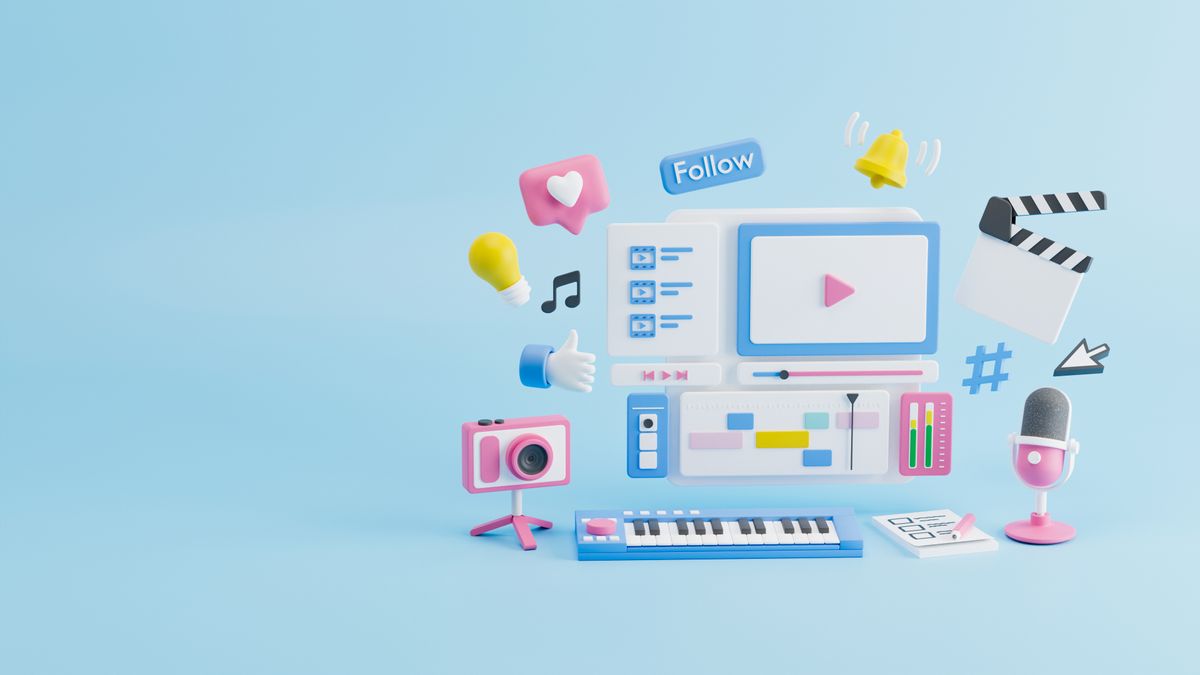The creator economy is currently valued at more than $20 billion with estimations suggesting that number could reach over $104.2 billion in 2022. While most of these funds go toward developing more engaging experiences to attract audiences, not nearly as much emphasis is put on making better creator experiences.
That’s because the creator economy, unfortunately, was not made with the best interests of creators in mind. In many cases, the journey toward becoming a creator starts with ordinary people turning their weekend hobbies into side hustles and, eventually, full-time jobs. Creators use their profiles and platforms to promote their online personas and personal primary interests to which others can relate. Yet an overabundance of both creative outlets and creators vying for a spot in the limelight means little focus is given to helping creators succeed, especially when they’re just starting out.
There is always something happening in the creative economy. As a creator, you may have an e-commerce store, meaning you also need to take things like email marketing, inventory management, customer communications, shipping, and more into account. Suddenly, you may find yourself running a pop-up shop or restaurant, posting ads on social media, and creating content for your audience, all while maintaining and growing your online presence. On top of all of that, you now need to choose which social platforms to post on for optimal success, which apps to use to streamline your content, and which channels harness your brand’s messaging properly for what you’re trying to convey.
With an abundance of outlets and platforms to choose from and a growing list of necessary tasks to complete, the entire creative process is becoming more and more overwhelming. Although millions of dollars have been spent in the industry to develop more engaging experiences for end users, not nearly as much focus and resources have been given to the creator experience.
With so many options, platforms must differentiate themselves to attract high-quality creators — who, in turn, bring in high-quality audiences. By providing optimised solutions for creators’ heavy workloads, you will be able to make the most of this rapidly growing market.
Crafting a better creator experience
Creators and digital platforms have a symbiotic relationship. Creators rely on platforms to conduct business, build their brands, sell products, and make a living. Platform providers rely on creators to bring over their followers, which helps drive advertising spending, sponsorships, subscription fees, and purchases.
Platforms would do well to pay as much attention to the creator experience as they do to the viewer experience. There are plenty of ways platforms can help accelerate the creator’s content monetisation journey — and create a smoother, more engaging experience for creators themselves. Here are the three best places to start:
1. Help build the audience.
This almost goes without saying, but platforms must do everything in their power to court users. Most creators are accustomed to getting paid royalties or commissions based on views or followers. The platform must uphold its end of the bargain by attracting high-quality, engaged users. And even small fan bases can help creators make money. If 1,000 super fans spend a lot on the products or services a creator touts, for example, that creator can see significant income.
2. Simplify the payments and onboarding experiences.
If there’s anything we’ve learned from digital transformations over the last decade, it’s that frictionless payments are key to improving the transaction volume of any business — and that includes digital platforms. Payment solutions for content creators are no different.
Online platforms need to make the process of creating, sharing, and monetising their content more accessible to creators. With the rise and promise of cryptocurrencies, it’s also possible that tips, merchandise, and other means of content monetisation can be integrated with financial products such as NFTs and other popular digital currencies, providing an even more streamlined experience for creators and consumers alike.
3. Streamline back-office functions.
One reason TikTok has been much more successful than Vine is that it incorporated back-office features, such as monetisation vehicles and post-production functionality, into its platform early on. Creators must often manage many platforms, channels, and technologies — from various social media channels to e-commerce sites — to reach their audiences and successfully monetise.
Business operations are essential to a brand, and it’s no different for creators who are building their brands. Platforms with streamlined ways for creators to reach, manage, and interact with their users, collaborators, and partners will be ahead of the game.
The creator economy is vibrant terrain for digital platforms and creators alike. Because every social network aims to attract more users (who also provide content for the platform), there is an enormous incentive to make content monetisation as easy as possible for creators. The industry has invested significant time and money into building the user experience, and it’s time to do the same for the creators.








